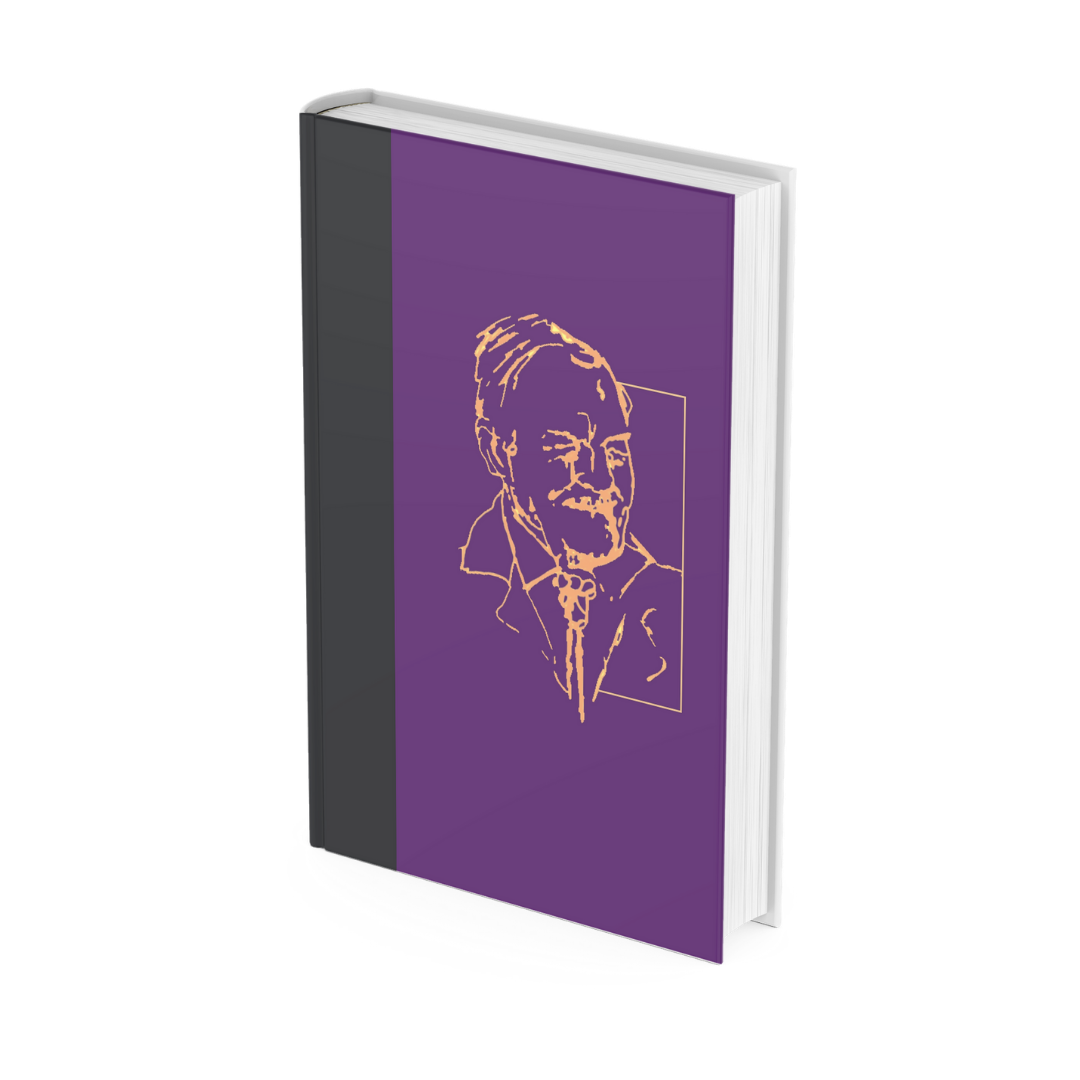 Image 1 of 1
Image 1 of 1


Volume 6: Classical Hypnotic Phenomena, Part 2: Memory and Hallucination
by Roxanna Erickson Klein, RN, PhD, Ernest Rossi, PhD and Kathryn Rossi, PhD
This volume highlights some of the most significant transitions from his classical papers about hypnotic phenomena written during his early career when he was working in isolation to his eventual co-authorship with a number of his colleagues and students over two generations. The final section of this volume, “Explorations in Hypnosis Research and Practice,” presents an overview of some of these developments from Erickson’s founding of The American Journal of Clinical Hypnosis to the present. An interesting example of a practical, teachable, action model of Ericksonian approaches to therapeutic hypnosis and psychotherapy is offered, for example, by the current editor of The American Journal of Clinical Hypnosis, Stephen Lankton, in his chapter: “A Basic Footprint of Erickson’s Process of Change.”
by Roxanna Erickson Klein, RN, PhD, Ernest Rossi, PhD and Kathryn Rossi, PhD
This volume highlights some of the most significant transitions from his classical papers about hypnotic phenomena written during his early career when he was working in isolation to his eventual co-authorship with a number of his colleagues and students over two generations. The final section of this volume, “Explorations in Hypnosis Research and Practice,” presents an overview of some of these developments from Erickson’s founding of The American Journal of Clinical Hypnosis to the present. An interesting example of a practical, teachable, action model of Ericksonian approaches to therapeutic hypnosis and psychotherapy is offered, for example, by the current editor of The American Journal of Clinical Hypnosis, Stephen Lankton, in his chapter: “A Basic Footprint of Erickson’s Process of Change.”






